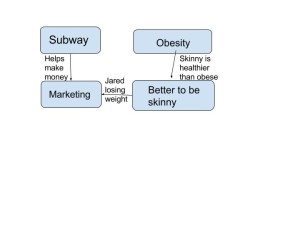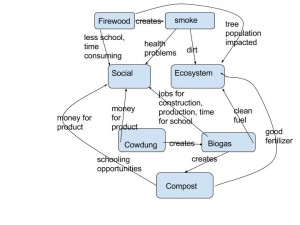Using 250-350 words, describe why biodiversity is important for humans to consider, and also explain what we can do to preserve biodiversity around the world, keeping the H.I.P.P.O. acronym in mind.
Biodiversity is vital for us to understand, not only to protect species of animals, but also to protect our way of life now and in the future. In protecting species around the world, we preserve the “circle of life” for various habitats. For us to sustain our way of life, we need food chains around the world to continue to thrive, because we are a part of the global food chain ourselves. If a species of plant goes extinct due to overharvesting, not only will humans no longer be able to use it, but also we could drastically alter sources of food for many organisms, leaving them to go extinct, causing another organism to lose their source of food and go extinct, and so on and so on until we lose whole food chains from the bottom up.
The H.I.P.P.O. acronym stands for Habitat loss, Invasive species, Pollution, Human Population, and Overharvesting. To do our part to preserve biodiversity, we must make sure that we do not force rare native species out of their habitats for purposes ranging from urban development to agriculture. We should also make sure that we do not introduce invasive species that could negatively impact the ecosystem they are brought into, such as the brown tree snake in Guam. We must strive to reduce pollution levels in every activity that requires a source of energy to prevent bioaccumulation from disrupting food chains from the bottom up and causing serious damage in regions around the world. The human population’s rapid growth is a serious issue facing the world in the coming years. As more and more humans come into the world, the more space and resources they will need to survive, which will impact biodiversity negatively. Harvesting practices need to be closely monitored to prevent overharvesting of plants and animals, not only for the particular species’ sake, but to allow humans to continue to have the species as a resource in the future. Keeping all of these things in mind, we can preserve biodiversity now and in the furue


